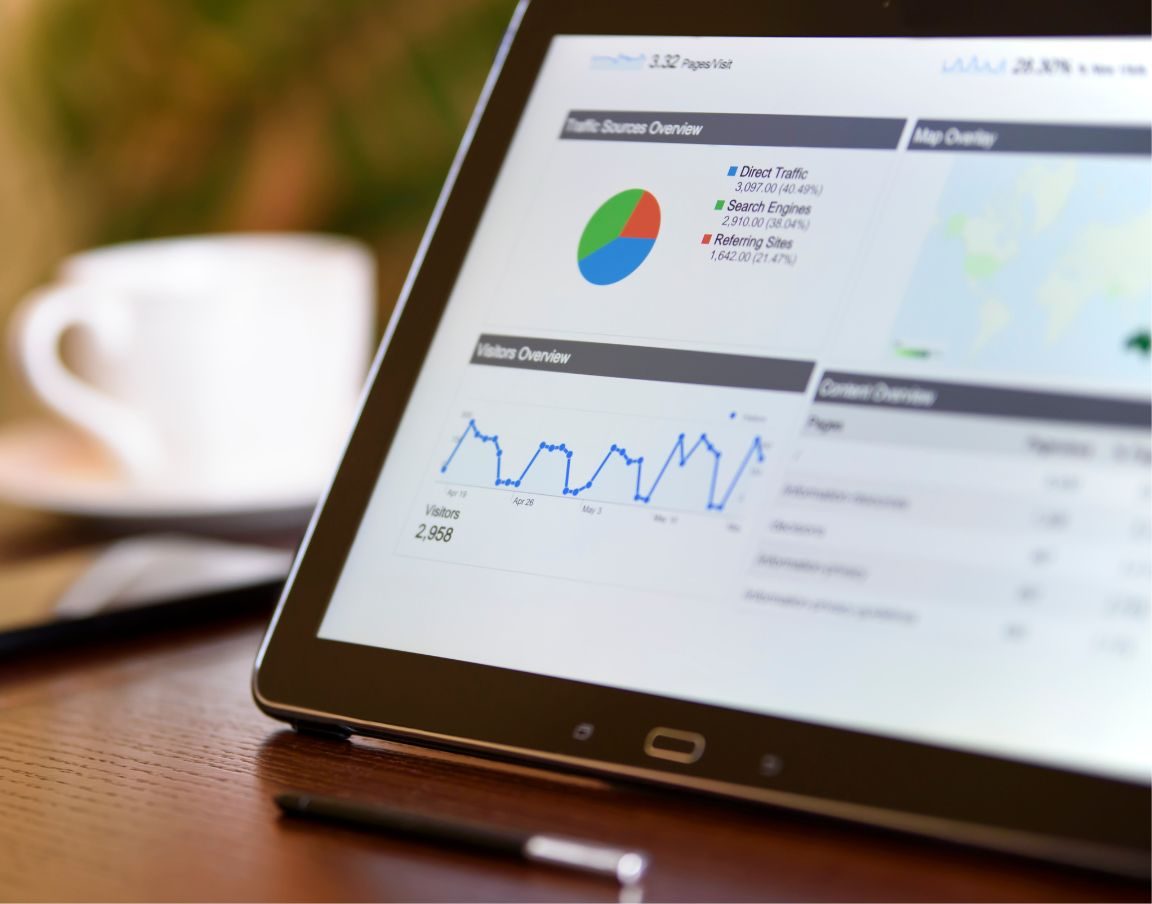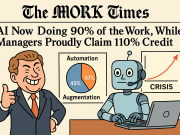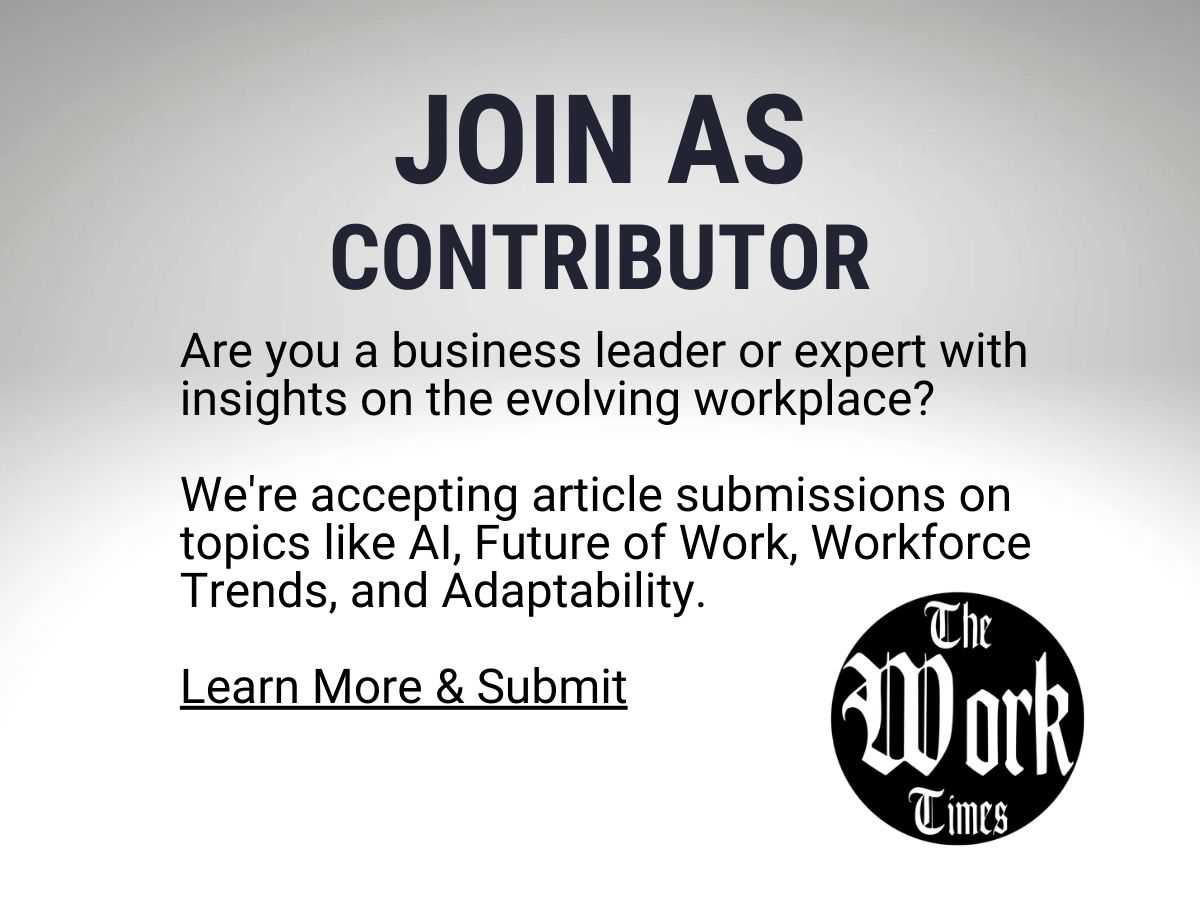The hybrid work model, once considered a temporary solution during global disruptions, has now become a defining feature of modern workplaces. Companies like Toyota are reevaluating their approaches to hybrid work, igniting a fresh wave of discussions around work-life balance. While the flexibility of remote work promises improved well-being, the blurred lines between professional and personal life can often lead to burnout. Amidst this, workforce analytics has emerged as a critical tool to address these challenges, enabling organizations to find the elusive balance between productivity and employee well-being.
This editorial explores how HR analytics tools are being used to optimize work environments, the potential of predictive analytics in crafting flexible work policies, and case studies that demonstrate data-driven strategies to enhance work-life balance.
The Double-Edged Sword of Hybrid Work
Hybrid work has redefined traditional notions of work-life balance. Employees now have greater control over their schedules, but this freedom can also lead to overwork and reduced boundaries. According to surveys, many remote workers struggle to “switch off” after hours, leading to stress and decreased productivity over time. This paradox has driven companies to seek innovative solutions, with workforce analytics at the forefront.
Workforce analytics—the process of collecting, analyzing, and interpreting employee data—has shifted from a purely productivity-focused tool to a comprehensive approach that includes mental health, engagement, and satisfaction metrics. The integration of these tools signals a new era where data is used not just to evaluate performance but to foster healthier, more sustainable work environments.
The Role of Workforce Analytics in Addressing Burnout
Burnout, recognized by the World Health Organization as an occupational phenomenon, is a growing concern in hybrid workplaces. Workforce analytics tools are now equipped to track indicators of burnout, offering organizations actionable insights.
Key Metrics to Monitor Burnout:
- Employee Engagement Scores: Real-time tracking of engagement through surveys and performance dashboards can reveal declining motivation.
- Workload Distribution: Data on task allocation and overtime can highlight imbalances that contribute to stress.
- Absenteeism Trends: Frequent absenteeism or reduced participation in meetings can be early signs of burnout.
By analyzing these metrics, companies can identify patterns and intervene proactively. For instance, HR teams can adjust workloads, introduce wellness programs, or recommend time-off policies tailored to individual needs.
Example:
A multinational tech firm utilized analytics to track email activity and meeting hours. When the data revealed that employees were consistently working beyond office hours, the company introduced “meeting-free Fridays” and a system to limit after-hours emails. This intervention led to a noticeable drop in stress-related absenteeism within six months.
Predictive Analytics: Shaping the Future of Work Policies
Predictive analytics, a subset of workforce analytics, leverages historical and real-time data to forecast trends and outcomes. In the context of hybrid work, this technology is proving invaluable in designing flexible policies that accommodate diverse employee needs.
Applications of Predictive Analytics:
- Flexible Scheduling: By analyzing peak productivity hours, companies can implement personalized schedules that align with employees’ natural rhythms.
- Optimal Office Utilization: Predictive tools can assess how often teams need to collaborate in person, helping organizations refine their hybrid models.
- Retention Forecasting: Identifying employees at risk of leaving allows HR to address concerns proactively, improving morale and retention rates.
Example:
A U.S.-based healthcare company used predictive analytics to analyze patterns of employee turnover. The data showed a strong correlation between high turnover and rigid work schedules. In response, the company introduced a flexible “core hours” policy, enabling employees to choose their start and end times within a defined window. Turnover rates dropped by 15% in the first year.
Case Studies: Data-Driven Success Stories
Several organizations have successfully used workforce analytics to enhance work-life balance. Here are three notable examples:
1. Toyota’s Recalibrated Hybrid Model
Toyota’s transition to a hybrid work model involved a detailed analysis of employee preferences and productivity metrics. By surveying employees and tracking collaboration data, the company discovered that team cohesion was strongest when employees had predictable in-office days.
As a result, Toyota implemented a structured hybrid model where teams alternated in-office days based on project cycles. Workforce analytics tools monitored the effectiveness of this strategy, revealing improvements in both employee satisfaction and project delivery timelines.
2. A Financial Services Firm Tackling Meeting Fatigue
A leading financial services firm faced complaints about excessive virtual meetings. Using analytics, the HR team analyzed the frequency, duration, and attendance of meetings. The data showed that employees were spending an average of six hours daily in meetings, with diminishing productivity.
In response, the firm introduced guidelines limiting meetings to specific hours and encouraging asynchronous communication. Post-implementation metrics showed a 20% increase in productivity scores and higher engagement in critical meetings.
3. A Tech Startup’s Wellness Initiative
A growing tech startup used workforce analytics to assess the impact of its wellness programs. By correlating participation rates with productivity and engagement data, the company found that employees who regularly attended wellness sessions had 30% lower burnout scores.
Encouraged by these results, the startup expanded its wellness offerings, including mindfulness training and virtual fitness classes. The initiative not only improved work-life balance but also became a key factor in attracting top talent.
Balancing Productivity and Well-Being
The adoption of workforce analytics is not without challenges. Critics argue that excessive monitoring can feel intrusive and erode trust. Transparency and ethical considerations are essential to ensure that data collection respects employee privacy and autonomy.
Strategies for Ethical Implementation:
- Clear Communication: Inform employees about what data is being collected, how it will be used, and the benefits they can expect.
- Opt-In Participation: Allow employees to choose whether they want to participate in analytics-driven programs.
- Data Anonymization: Ensure that personal data is anonymized to protect individual identities.
- Feedback Loops: Regularly gather employee input to refine analytics tools and ensure they address genuine concerns.
When implemented thoughtfully, workforce analytics can transform hybrid workplaces into environments where productivity and well-being coexist. The key lies in using data not just to track performance but to create meaningful, positive changes in employees’ lives.
The Road Ahead
As hybrid work becomes the norm, the importance of balancing productivity with well-being cannot be overstated. Workforce analytics offers a powerful toolset for organizations to navigate this complex landscape, enabling data-driven decisions that benefit both employees and businesses.
By embracing predictive analytics and learning from successful case studies, companies can design work policies that adapt to the evolving needs of their workforce. However, the journey requires a commitment to ethical practices, transparency, and continuous improvement.
In the age of data, the question is no longer whether analytics can bridge the gap between work and life but how effectively organizations will leverage this potential to create a future of work that is both productive and humane.




























